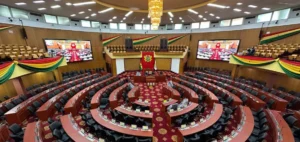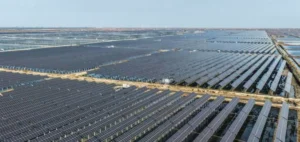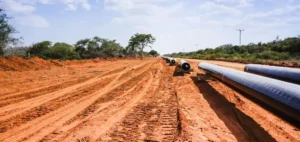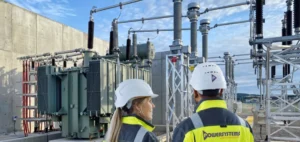Swansea’s £4 billion renewable energy project marks a major step forward in the city’s transformation into a world leader in green economy innovation. This ambitious project, led by DST Innovations and its partners, promises to reshape the local energy infrastructure and position Swansea as an example of sustainable urban development.
Green Energy Transport Hub at Fabian Way
At the heart of this project is the creation of a green energy transport hub at Fabian Way. Pending town planning approval, the center plans to include ahydrogen production station for transportation, numerous charging points for electric vehicles, and flexible catering and working spaces for visitors.
New Battery Manufacturing Facility
A high-tech battery manufacturing facility is also planned for the former Morrissey site in SA1. These batteries, designed to store the renewable energy produced, will also be distributed worldwide, marking a significant step forward in green energy storage.
Expansion of Tir John Solar Farm
Another key element of the project is the expansion of an approved solar farm on the former Tir John landfill site. This will create one of the largest solar power generation facilities in the UK, increasing Swansea’s capacity to generate renewable energy.
Various Global Project Elements
The overall project also includes a tidal lagoon, a battery farm, an ocean and climate change research center, eco-housing and a hyper-scale data center. These initiatives reflect Swansea’s commitment to sustainable economic growth.
Initiatives for a Low Emission Heating Network
Swansea City Council has applied for funding to develop a low-carbon district heating network, using surplus heat from the data center to heat major buildings in the city.
Key Collaborations and Partnerships
The success of the project relies on collaboration between the town council, private companies and the academic sector. Key partners such as HDR, Enable and Batri Ltd are playing a crucial role in implementing this ambitious project.
Local support and sustainable development
Local commitment is evident in the support of Swansea City Council and Swansea University. The project aims not only to reduce the carbon footprint, but also to stimulate the local economy through job creation.
Innovations and Technological Advances
Technological advances, particularly in battery manufacturing and materials processing, are at the heart of the project. These innovations are the fruit of collaboration between industry and academia.
The Swansea project is a model of innovation in the green economy, combining cutting-edge technology with a commitment to sustainable development, illustrating the potential of effective collaboration between different sectors for a greener, more sustainable future.
The Swansea project is an inspiring example of how collaboration between local authorities, business and academia can catalyze significant change towards a greener, more sustainable economy. With initiatives ranging from the creation of green energy hubs to the manufacture of advanced batteries, Swansea is poised not only to reduce its carbon footprint, but also to become a global pioneer in green economy innovation.






















